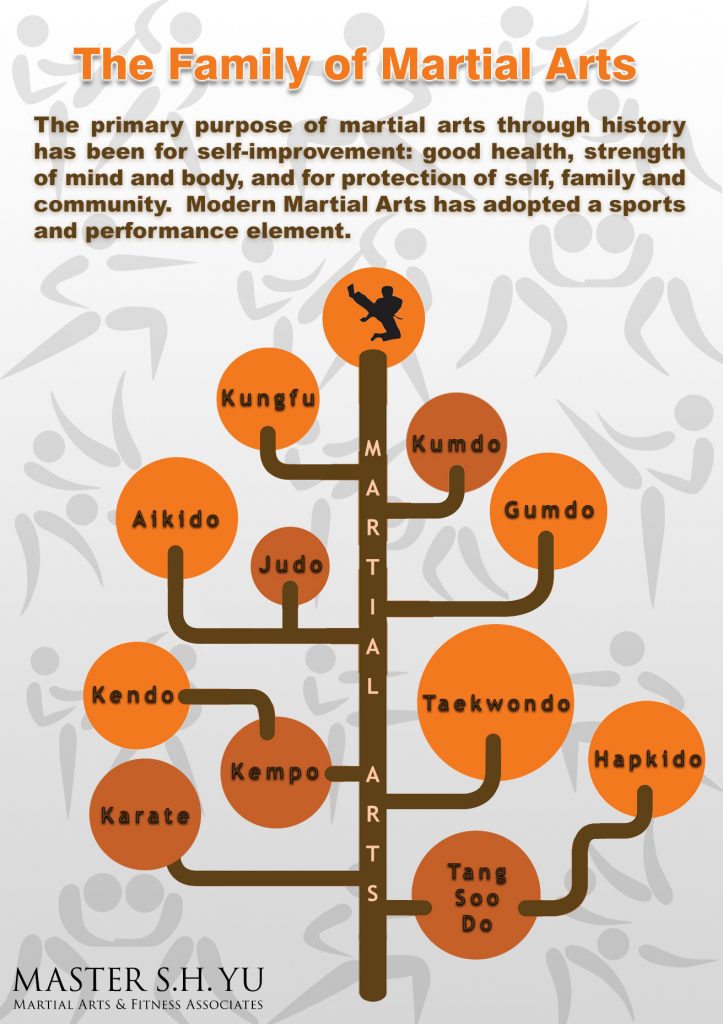The Development And Historic Context Of Martial Arts Worldwide
The Development And Historic Context Of Martial Arts Worldwide
Blog Article
Published By-Mortensen Liu
Martial arts have a remarkable history that spans centuries and continents. You may discover it appealing just how old methods like Shuai Jiao and Kalaripayattu prepared for modern combat strategies. These techniques not only emphasize physical abilities however likewise reflect the cultures that birthed them. As you discover their advancement, think about how globalization has actually transformed these typical forms right into hybrid styles. What impacts do you think have formed today's martial arts landscape?
Ancient Martial arts: The Foundations of Fight
As you delve into the world of old martial arts, you'll discover the abundant structures that formed combat methods across societies. Very early practices focused on Self-Defense and survival, typically integrating strikes, grappling, and weaponry.
In old China, for instance, strategies like Shuai Jiao stressed tosses and joint locks, while India's Kalaripayattu showcased agility and liquid motion. simply click the next internet site established Kenjutsu, a polished swordsmanship that highlighted self-control and method.
These martial arts served not just for battle however also as a way of personal development, instilling values like respect and perseverance. The mixing of these techniques with time laid the groundwork for the diverse martial arts you see today, each reflecting the one-of-a-kind viewpoints and requirements of its culture.
The Cultural Influence on Martial Arts Growth
While martial arts frequently reflect the sensible requirements of a culture, they likewise symbolize the cultural worths and ideas of their origins. When you discover various martial arts, you'll notice exactly how they're influenced by religion, philosophy, and social norms.
For example, the emphasis on respect and self-control in Japanese martial arts originates from Zen Buddhism and samurai society. In contrast, Brazilian Jiu-Jitsu promotes flexibility and strategy, shaped by the demand for efficiency in a varied, modern atmosphere.
You could discover that the rituals, attires, and training approaches mirror a neighborhood's history and identity. By comprehending these social influences, you deepen your gratitude of martial arts and their role in shaping human experiences across the globe.
Modern Adaptations and the Globalization of Martial arts
Martial arts have transformed significantly in recent years, adapting to modern culture and worldwide impacts. You'll see that conventional kinds have mixed with modern-day strategies, developing hybrid styles like mixed martial arts. These adjustments satisfy varied target markets, making martial arts available and appealing worldwide.
With the rise of social media and electronic systems, you can discover tutorials and competitions from all corners of the world, damaging geographical obstacles. This globalization has actually caused a shared recognition for different self-controls, from Brazilian Jiu-Jitsu to Taekwondo.
As you engage with these arts, you'll understand they're not just about fight; they advertise physical fitness, self-control, and mental health.
Inevitably, modern adjustments have improved the martial arts landscape, making it a vibrant and progressing practice.
Conclusion
In exploring the background and advancement of martial arts, you discover an interesting mix of methods, societies, and approaches. From ancient self-controls like Shuai Jiao and Kalaripayattu to the modern-day adaptability seen in MMA, martial arts reflect humankind's mission for Self-Defense and personal growth. As systema martial arts involve with these techniques, you not only acquire skills however also a deeper admiration for the diverse practices that form our globe today. So, proceed your trip and embrace the art of fight!
